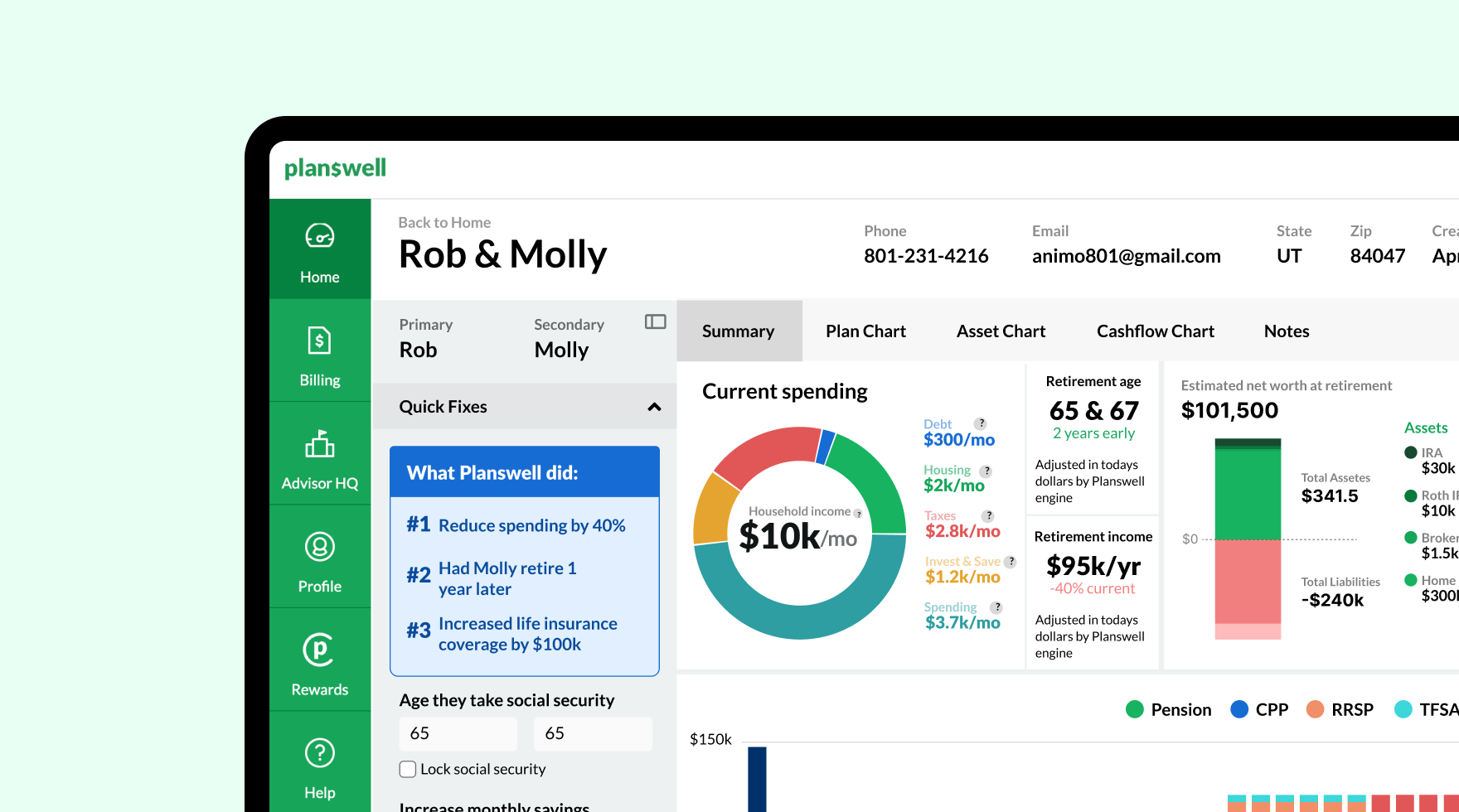Couples rarely want a seminar on claiming rules. They want a plan that balances cash today with security for the spouse who lives the longest. Use plain language, a one-page visual, and a short memo that explains the “why.”
1) Start with the survivor benefit
Circle the higher earner on your worksheet. That benefit anchors the future survivor check. Frame their timing as resilience for both lives, not just income this year.
Explain it simply: spousal benefits can reach up to half of the other spouse’s full retirement benefit when claimed at full retirement age, but they do not grow past that cap. Survivor benefits are different. The household keeps the larger check after one spouse dies.
2) Give each spouse a job
Ask the lower earner to focus on near-term cash flow and comfort. Ask the higher earner to focus on the survivor benefit and late-life income. Many couples naturally choose a staggered approach: lower earner files earlier, higher earner waits longer.
3) Sketch a two-to-three year timeline
On one page, show ages 62 to 70 with key waypoints: retirement dates, full retirement ages, estimated benefits at 62, FRA, and 70, and any known income spikes. With everything in view, the discussion becomes a tradeoff you can both see.
4) Decide who files when
Healthy couple with longevity in the family? Delaying the higher earner strengthens the survivor check. Need cash now to ease portfolio withdrawals? The lower earner can file earlier while the higher earner waits. If employment is uncertain or health is fragile, earlier claims may be the better fit. The math and the people have to agree.
5) Note the tax and Medicare ripple effects
Benefits are taxable based on other income. A year with large conversions or realized gains may argue for waiting. Medicare premiums look back two tax years, so income at 63 and 64 can raise costs at 65 and 66. If you plan a conversion window before RMDs, lining it up with claiming choices keeps the plan predictable.
6) Watch the speed bumps
- Earnings test before full retirement age can withhold benefits when wage income exceeds the limit; amounts are later credited.
- Spousal benefits require the other spouse to have filed.
- Old strategies like file-and-suspend are gone; restricted applications apply only to those born before January 2, 1954.
- Divorce or widowhood can open spousal or survivor benefits on a former spouse’s record; listen for history before calculating.
7) Two short case paths
Case A: staggered for resilience
Jordan and Elise are 64 and 63. Elise files at full retirement age to ease the budget. Jordan delays to 70 to strengthen the survivor benefit. In weak markets they draw more from cash and short bonds; after recoveries they trim growth to refill.
Case B: earlier income with a later anchor
Maya and Chris are 66 with similar histories, but Maya’s estimate is higher. Chris files now to support retirement. Maya keeps working and delays, then reassesses annually. Flexibility is part of the design.
8) What to say in the meeting
- “Your decision has two jobs: cash that feels right today and a survivor check that feels right later.”
- “Let’s look at your benefits at 62, full retirement age, and 70, then decide who is solving for which job.”
- “Here is the next decade with and without delaying. Which path fits how you actually want to live?”
9) Put it in writing
Leave a one-page handout with three lines at the bottom: what you are solving for, which spouse’s timing drives the survivor benefit, and the first filing step you recommend. If you are uncertain, add the conditions that would trigger a change, such as health, job status, or portfolio moves.
10) Keep the guardrails in view
Clients feel safer when they know the off-ramps. Within the first year, a filed claim can be withdrawn and repaid. After that, benefits can be suspended at full retirement age or later to earn delayed credits. Do not lead with this, but note it to reduce decision anxiety.









